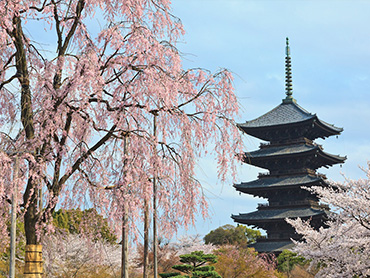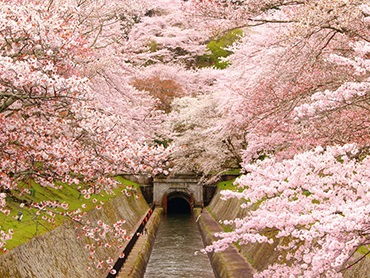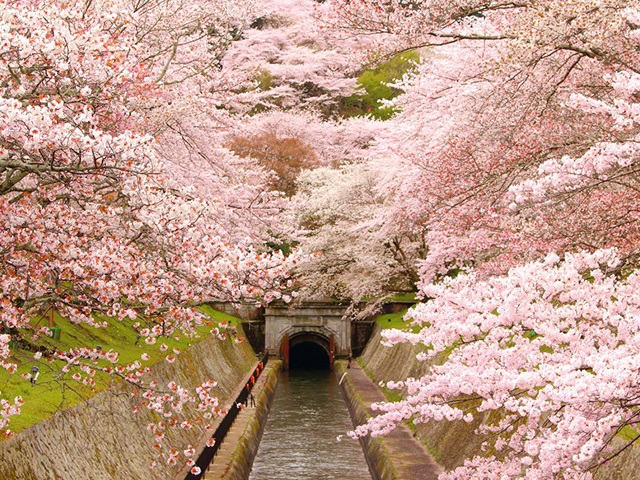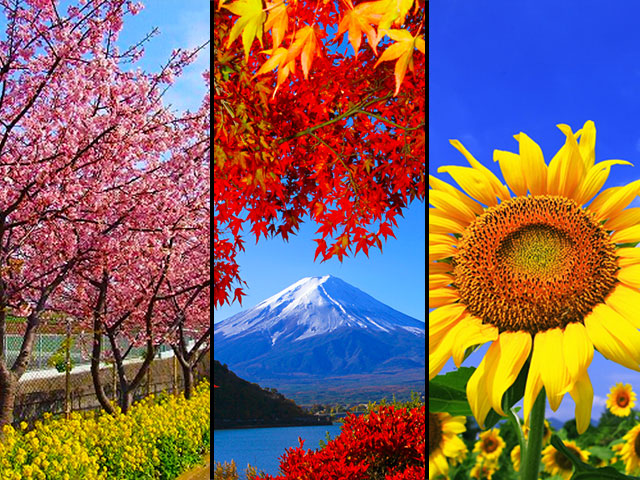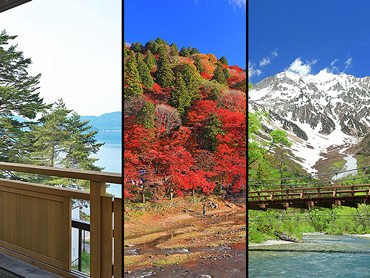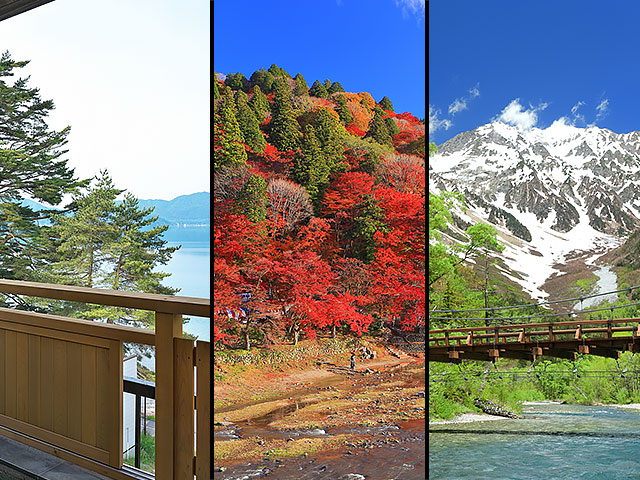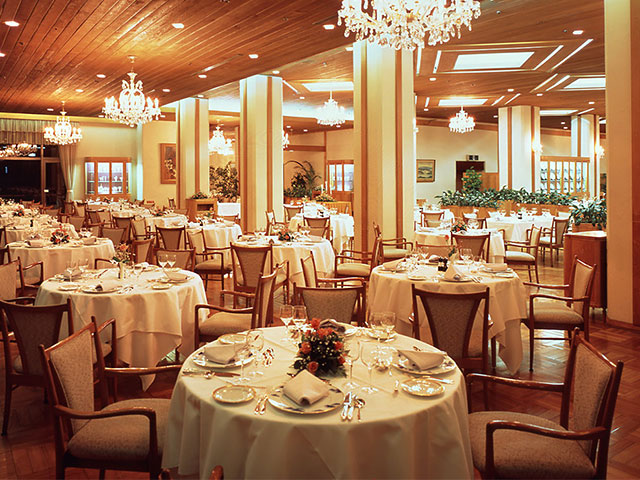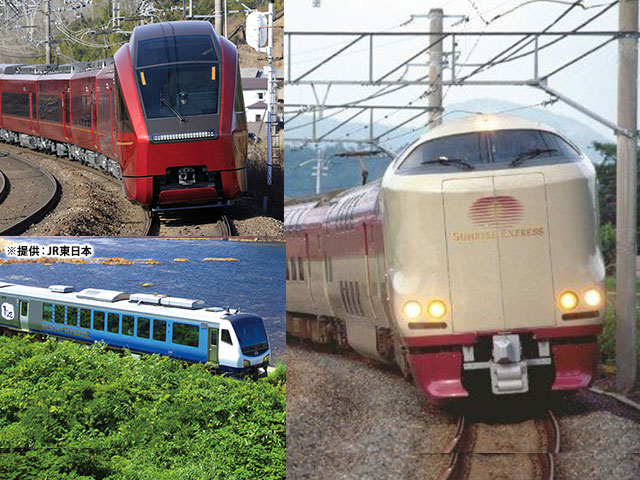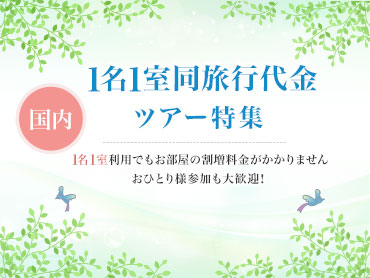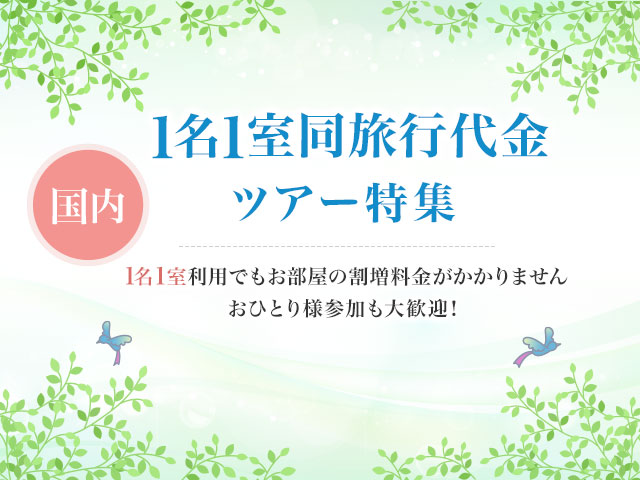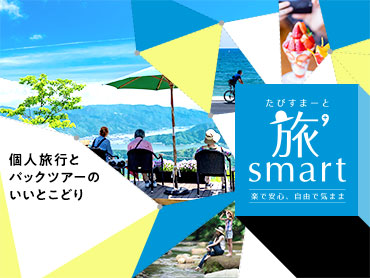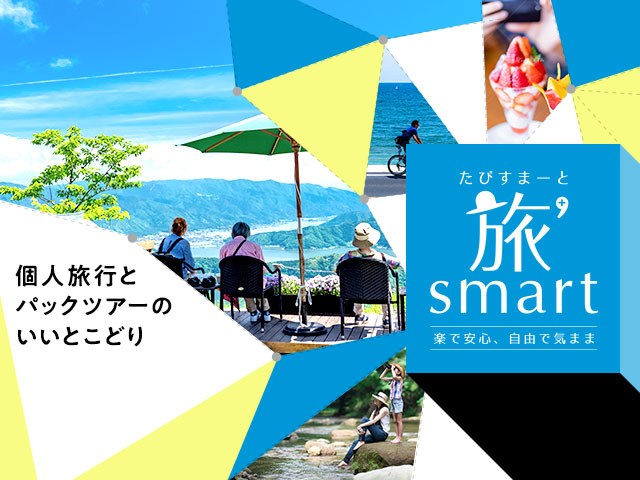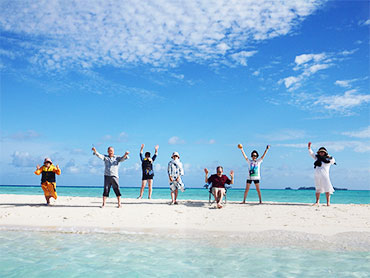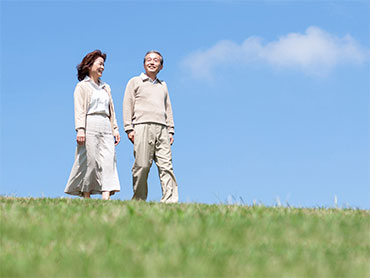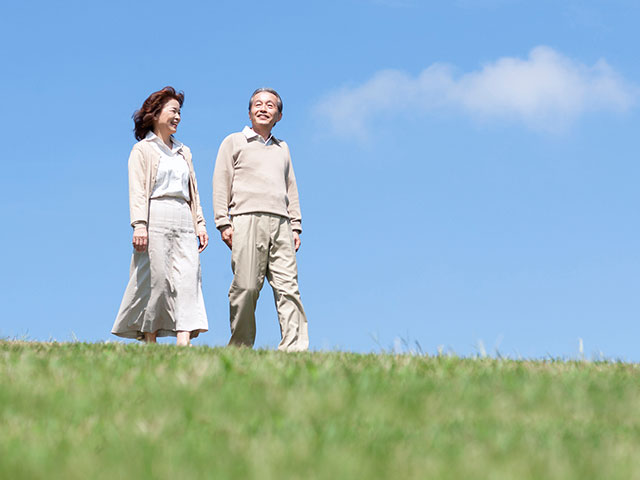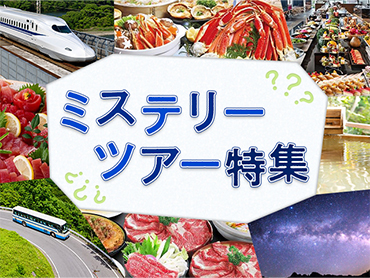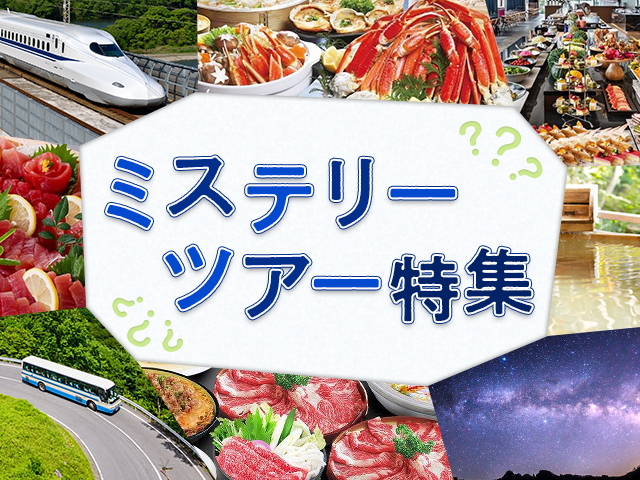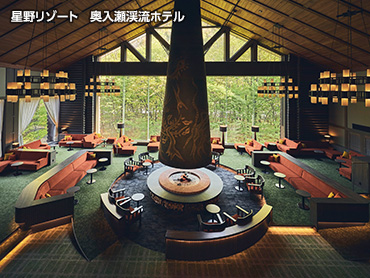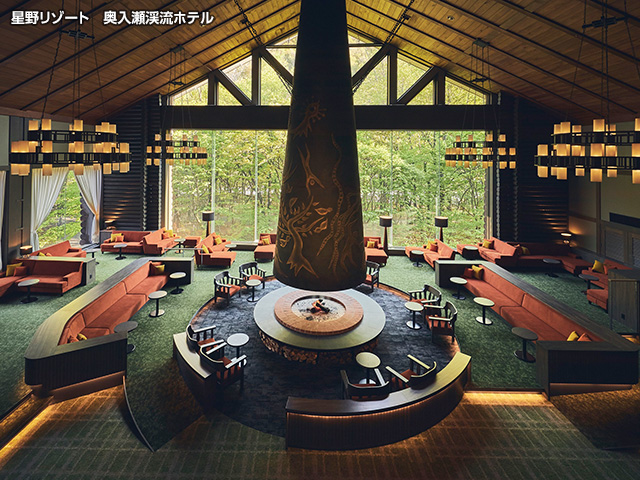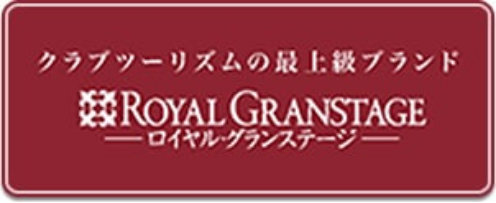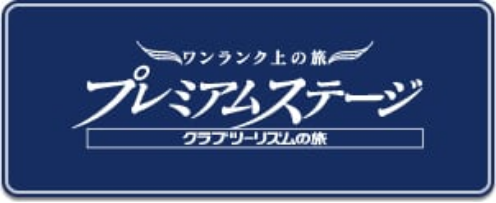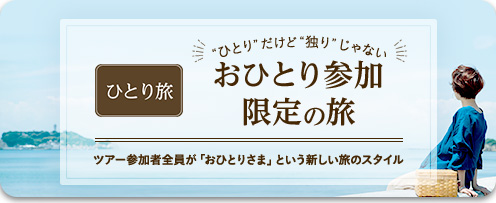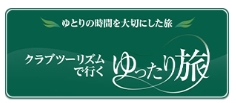Famous cherry blossom viewing spots in the Koshinetsu and Hokuriku areas
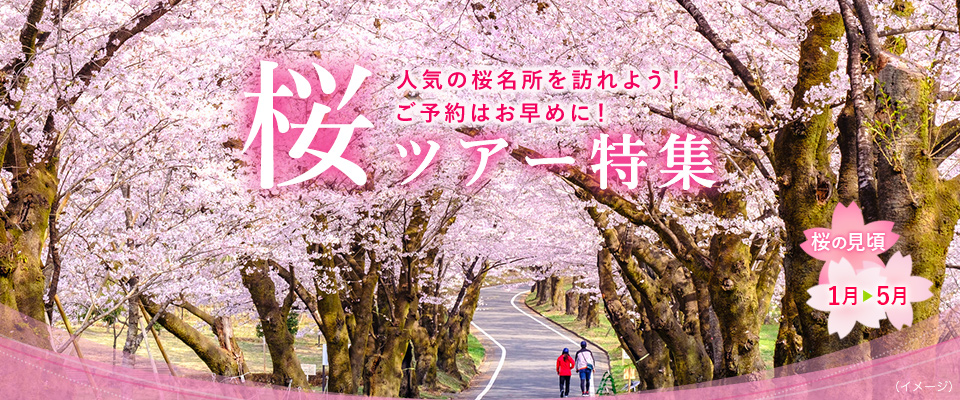

Club Tourism will guide you to famous cherry blossom viewing spots. With Club Tourism, you can rest assured because a tour guide is provided! We introduce tours and trips to famous cherry blossom viewing spots such as Tohoku cherry blossoms, Takato cherry blossoms, Kawazu cherry blossoms, Yoshino cherry blossoms, and Kyoto cherry blossoms, as well as Themed Travel, bus tours, and Domestic Travel. It's easy to search for and apply for tours and trips.
Each place of departure
Popular cherry blossom tour rankings
Introducing cherry blossom viewing spots in the Koshinetsu and Hokuriku areas

*The best time to see the cherry blossoms may vary depending on weather conditions.
-
Takada Castle Ruins Park
-
Matsukawa Park
-
Takaoka Castle Park
-
Funakawa Riverside
-
Kenrokuen Garden
-
Kanazawa Castle Park
-
Noto Railway Noto Kashima Station
-
Asuwa River Sakuranamiki
-
Maruoka Castle (Kasumigajo Park)
-
Takato Castle Site Park
-
Matsumoto Castle
-
Ueda Castle Ruins Park
-
Kozenji Temple
-
Garyu Park
-
Komoro Castle Ruins Nostalgia Park
-
Yamataka Jindai Sakura
-
Jionji Temple
-
Mount Minobu Kuonji Temple
-
Fuji Moss Phlox
-
Arakurayama Sengen Park
Takada Castle Ruins Park (Niigata Prefecture)
Best time to see: Early Apr. to mid-Apr.

高田城址公園の桜(イメージ)
水面に映るライトアップされた桜の幻想的な世界へ
「日本三大夜桜」(出典:上越観光コンベンション協会)のひとつと呼ばれる「高田城」は、徳川家康の六男・松平忠輝(ただてる)が築いたといわれています。毎年桜の時期に行われる「百万人観桜会」の期間中は、城跡内に約3,000個のボンボリが設置され、高田城三重櫓のライトアップと一緒に約4,000本もの桜が、照らしだされます。
-
Only Place of departure with a tour will you see the Departure Place button.
Matsukawa Park (Toyama Prefecture)
Best time to see: Early Apr. to mid-Apr.

松川公園(イメージ)
約2.5キロにわたる桜のトンネル
富山市中心市街地を流れる松川の両岸に約2.5㎞、約470本のソメイヨシノの並木を遊歩道から眺めます。遊覧船に乗って水上から眺める桜も楽しめます。
-
Only Place of departure with a tour will you see the Departure Place button.
Takaoka Castle Park (Toyama Prefecture)
Best time to see: Early Apr. to mid-Apr.

高岡古城公園(イメージ)
18種約1800本の桜が彩る前田家ゆかりの地
加賀前田家二代当主前田利長公が築いた高岡城の城跡で、ソメイヨシノを中心に、18種約1800本が咲き乱れ、水面に映る桜の姿が美しい名所。
-
Only Place of departure with a tour will you see the Departure Place button.
Funakawa Riverside (Toyama Prefecture)
Best time to see: Early Apr. to mid-Apr.

舟川べり(イメージ)
春の四重奏♪
チューリップの生産が盛んなこの朝日町の舟川べりの桜並木では、淡い色の桜並木、色鮮やかなチューリップ、菜の花、そして残雪の朝日岳が絶妙なコントラストをつくり、さながら“春の四重奏”といわれる富山の春を象徴するような景色となります。
-
Only Place of departure with a tour will you see the Departure Place button.
Kenrokuen Garden (Ishikawa Prefecture)
Best time to see: Early Apr. to mid-Apr.

兼六園(イメージ)
一春三度の衣替え 一度は見たい「兼六園菊桜」
兼六園の桜といえば「兼六園菊桜」。菊桜は約300もの花弁を付け、開花から落花するまでに花の色を3回変えます。
兼六園菊桜以外にも、ヤマザクラの大木、アサヒザクラ(旭桜)、ケンロクエンクマガイ(兼六園熊谷)ほか、サトザクラ、ヒガンザクラ、ソメイヨシノなど多種多様な約420本の桜が園内を彩ります。
-
Only Place of departure with a tour will you see the Departure Place button.
Kanazawa Castle Park (Ishikawa Prefecture)
Best time to see: Early Apr.

金沢城址公園(イメージ)
重要文化財と咲き誇る桜は古都・金沢のシンボル
さくら名所100選の地(出典:公益財団法人日本さくらの会)である特別名勝・兼六園に隣接する金沢城公園。
360本のソメイヨシノが咲き誇り、兼六園下から紺屋坂沿いの桜並木も見事で、石川門や圧巻の石垣と桜のコラボレーションは見所です。
-
Only Place of departure with a tour will you see the Departure Place button.
Noto Railway Noto Kashima Station (Ishikawa Prefecture)
Best time to see: Mid-Apr.

のと鉄道 能登鹿島駅(イメージ)
別名「能登さくら駅」
別名「能登さくら駅」ともいわれ、季節になるとホームに並んだ数十本の桜の木が線路上に桜のトンネルを作り、列車が入ると歓声とともに一幅の風景は見る人の気持ちを和らげます。
-
Only Place of departure with a tour will you see the Departure Place button.
Asuwa River Cherry Blossom Tree Line (Fukui Prefecture)
Best time to see: Late Mar. to mid-Apr.

足羽川桜並木(イメージ)
足羽川を彩る 600本の桜のトンネルへ…
福井市の中央を流れる足羽川沿い約2.2kmにわたって続く約600本の桜並木。水と緑にあふれた散策コースとして市民に親しまれています。満開時には薄桃色の美しい桜のトンネルとなり、多くの花見客が集います。徒歩15分ほどの足羽山公園と共にさくら名所100選の地(出典:公益財団法人日本さくらの会)にも選ばれています。
-
Only Place of departure with a tour will you see the Departure Place button.
Maruoka Castle (Kasumigajo Park) (Fukui Prefecture)
Best time to see: Early Apr. to mid-Apr.

丸岡城(イメージ)
美しい天守閣と桜が織りなす絶景
現存最古の建築様式を誇る天守閣と約400本のソメイヨシノが咲き誇る福井県内有数の桜の名所。
-
Only Place of departure with a tour will you see the Departure Place button.
Takato Castle Ruins Park (Nagano Prefecture)
Best time to see: Early Apr. to mid-Apr.

高遠城址公園・桜雲橋(イメージ)
「天下第一のコヒガンザクラ」(出典:伊那市役所)!高遠の桜を見ずに桜を語るべからず!
「天下第一のコヒガンザクラ」(出典:伊那市役所)として知られる桜の名所「高遠城」は、わずかに城の遺構や石垣が残るだけで、天守閣などは残っていません。
廃城跡近くに「タカトオコヒガンザクラ」と呼ばれる桜の若木が移植されたのが始まりで、今もなお、春になると、県外・県内から多くの人々が桜花を愛でに訪れます。
ソメイヨシノとは異なり、やや小ぶりで赤みを帯びた可憐さと規模の大きさが「天下第一のタカトオコヒガンザクラ」と呼ばれる所以です。
ほとんどのツアーでは昼間の桜を見に行きますが、中には「夜間ライトアップ」を見に行くツアーも。
ぼんぼりが灯り、ライトアップされた夜桜は、また格別の美しさです。
今では県の天然記念物指定を受けた県下随一の桜の名所となりました。
-
Only Place of departure with a tour will you see the Departure Place button.
Matsumoto Castle (Nagano Prefecture)
Best time to see: Early Apr. to mid-Apr.

松本城(イメージ)
現存する五重六階の天守の中で日本最古の国宝の城(出典:松本城管理課)。桜と、黒と白のコントラストがアルプスの山々に映える様は必見です。
松本城公園や周辺のお堀には約320本のソメイヨシノ、コヒガンザクラ、シダレザクラなどが残雪の北アルプスを背に咲き誇ります。
-
Only Place of departure with a tour will you see the Departure Place button.
Ueda Castle Ruins Park (Nagano Prefecture)
Best time to see: Late Mar. to early Apr.

上田城跡公園(イメージ)
桜花ゆれる「真田六文銭」の旗印!いざ上田城へ!
いまでは「城」ファンからの人気も高い「上田城」。戦国の世に、徳川の大軍を二度にわたって退け、その名を全国にとどろかせたといわれている真田昌幸・幸村親子の居城であった上田城は、今では「桜の名所」として多くの観光客が訪れます。
-
Only Place of departure with a tour will you see the Departure Place button.
Kozenji Temple (Nagano Prefecture)
Best time to see: Early Apr. to mid-Apr.

光前寺(イメージ)
霊犬・早太郎が眠る しだれ桜の名古刹へ
境内全域約6.7万平方mは国の名勝に指定され、南信州随一の祈願霊場・名古刹です。
このお寺の春の名物は境内にある約70本のしだれ桜。夜間ライトアップされます。闇夜に浮かび上がるように咲くその様は幻想的で美しく「しだれ桜の寺」としても知られています。
-
Only Place of departure with a tour will you see the Departure Place button.
Garyu Park (Nagano Prefecture)
Best time to see: Early Apr. to mid-Apr.

臥竜公園(イメージ)
北信州に春をつげる名園 池面に映るみごとな桜並木は必見!
ソメイヨシノなど約600本の桜が鮮やかに咲き誇る、昭和6年築造の「臥竜公園(がりゅうこうえん)」の桜は、残雪の北アルプス・北信五岳を背景にして、竜ヶ池に囲まれるように桜並木が続き、その美しい桜並木はさくら名所100選の地(出典:公益財団法人日本さくらの会)にも選ばれています。夜にはライトアップが行われ、公園内の池に映し出される夜桜も絶景です。
-
Only Place of departure with a tour will you see the Departure Place button.
Komoro Castle Ruins Nostalgia Park (Nagano Prefecture)
Best time to see: Early Apr. to mid-Apr.

小諸城址懐古園(イメージ)
さくら名所100選の地(出典:公益財団法人日本さくらの会)のひとつ
約500本の桜が咲き誇ります。小諸八重紅枝垂は小諸が発祥で、その紫紅色から徐々に淡く変化する色彩が美しく大変に珍しい桜です。そのほかソメイヨシノを中心に数種類の桜を堪能することができます。
-
Only Place of departure with a tour will you see the Departure Place button.
Yamataka Jindai Sakura (Yamanashi Prefecture)
Best time to see: Late Mar. to early Apr.

山高神代桜(イメージ)
二千年の歴史を見守る大桜
長い時の流れをたしかめに出かけましょう
実相寺(じっそうじ)の境内にある「日本三大桜」(出典:北杜市観光協会)のひとつと言われています。推定樹齢は1,800年とも2,000年とも言われるエドヒガンザクラで、長い長い時の流れに耐えるように毎年休むことなく花を咲かせてきました。
全国の桜を愛でる人たちの愛され続ける名桜は、樹高10.3m、根元・幹周り11.8mもあり、日本で最古・最大級の巨木(出典:北杜市観光協会)として、大正時代に国指定天然記念物第1号となりました。
-
Only Place of departure with a tour will you see the Departure Place button.
Jionji Temple (Yamanashi Prefecture)
Best time to see: Early Apr. to mid-Apr.

慈雲寺(イメージ)
見上げれば一面に広がる「さくらの天蓋」
春を告げる糸は甲州にあります
暦応年間(1338~1342)に夢窓国師によって開かれた禅寺「慈雲寺」。ここにあるシダレザクラは、その樹形の美しさで県内屈指とされる名木です。樹齢は約320年ともいわれ、県指定の天然記念物でもあります。満開時の桜の木の下に立って上を見上げると、枝を四方に垂らした姿が桜の天蓋のようにも見えてきます。そのさまがまるで「糸」が垂らされたようであることから「イトザクラ」の名前がつけられています。
-
Only Place of departure with a tour will you see the Departure Place button.
Kuonji Temple on Mount Minobu (Yamanashi Prefecture)
Best time to see: Late Mar. to early Apr.

身延山久遠寺(イメージ)
400年の歴史を刻むしだれ桜
いままでも これからも その重さは変わりません
身延山久遠寺周辺は、桜の名所が多数あり、全国有数の桜の名所です。
境内には樹齢400年を超えるしだれ桜が2本あり、1本は祖師堂の前を彩るように咲き誇り、もう1本は来客殿の前で大きな枝を支えながら満開の花を咲かせます。いずれの大木も桜の花が地面に垂れ下がる様子は大変見応えがあります。
-
Only Place of departure with a tour will you see the Departure Place button.
Fuji Shibazakura (Yamanashi Prefecture)
Best time to see: Mid-Apr. to late May.

富士芝桜(イメージ)
鮮やかな色のコントラストが美しい、富士山を彩る花の祭典
2008年から始まった富士芝桜まつり。富士山を眺めながら見る芝桜のじゅうたんは圧巻です。
会場内には約80万株の芝桜が植えられており、満開時には一面芝桜という絶景を堪能することができます。
また会場で楽しめる芝桜は全7種類。ピンクだけでなく白や桃、薄紫など色とりどりの芝桜のコントラストが会場一面を美しく彩ります。
-
Only Place of departure with a tour will you see the Departure Place button.
Mt. Shinokura Sengen Park (Yamanashi Prefecture)
Best time to see: Early Apr. to mid-Apr.

新倉山浅間公園(イメージ)
富士五湖エリアで随一を誇る富士山ビュースポット
公園内の650本余りのソメイヨシノが開花する時期には桜、富士山、五重塔という日本ならでは風景を一枚の写真に収めることができるスポットとして多くの人が訪れます。
-
Only Place of departure with a tour will you see the Departure Place button.

